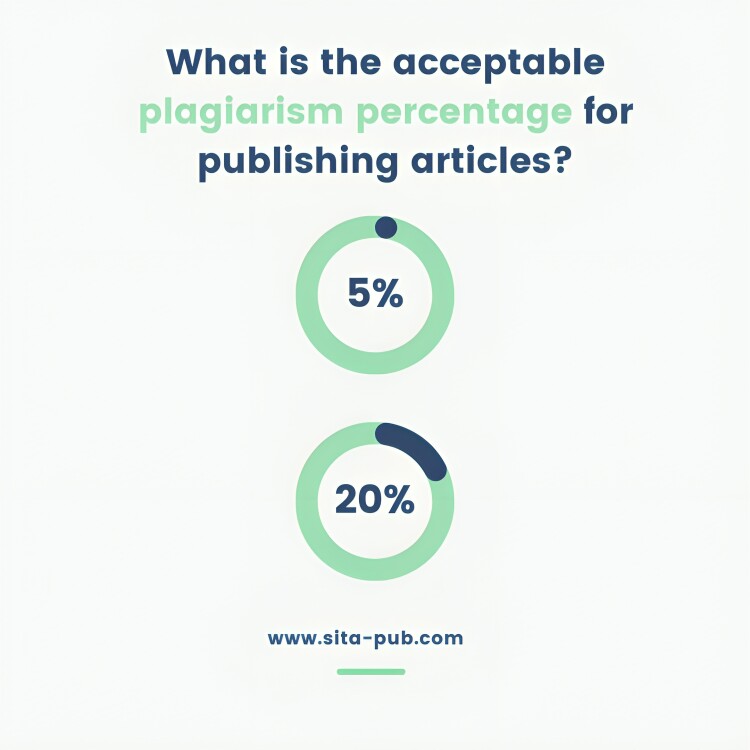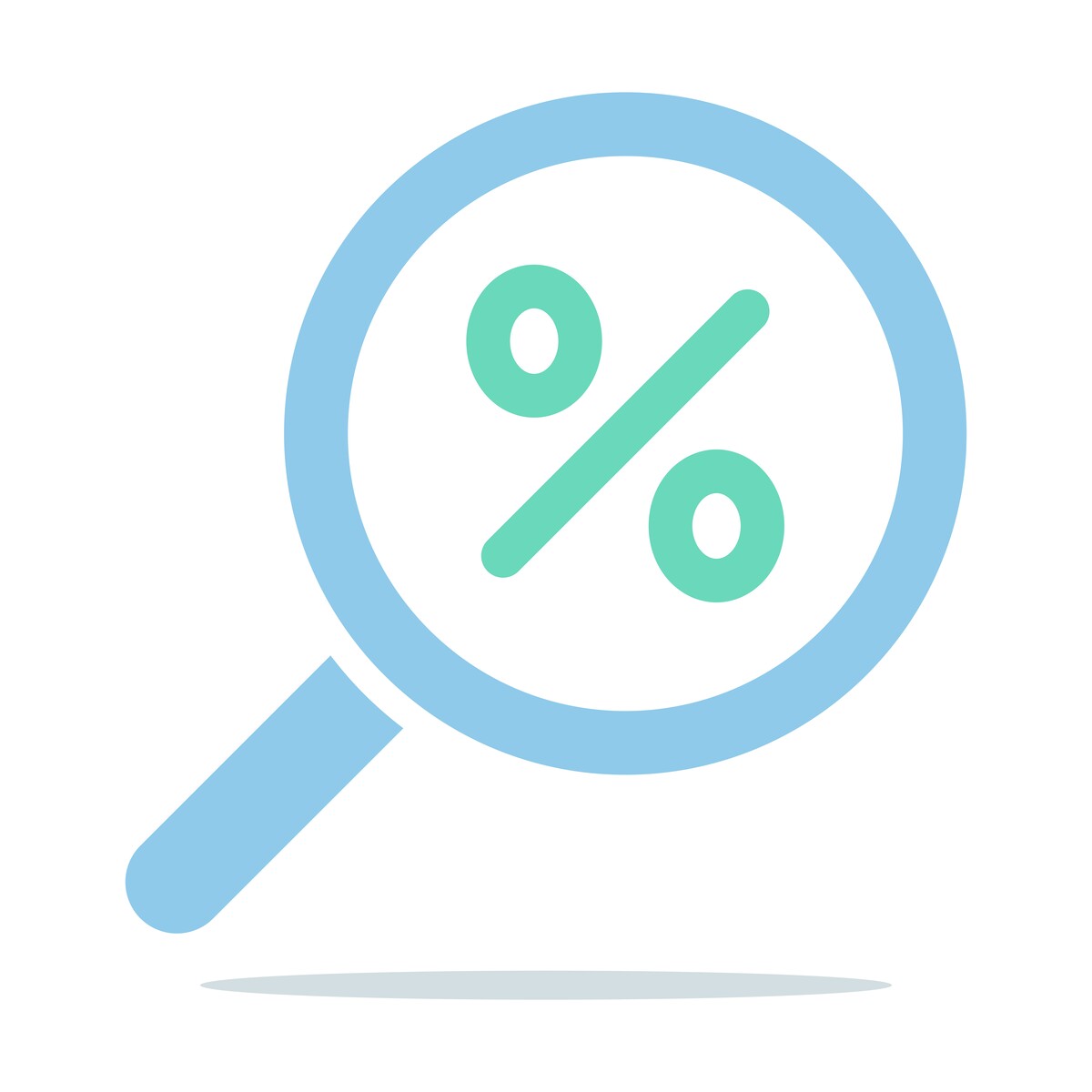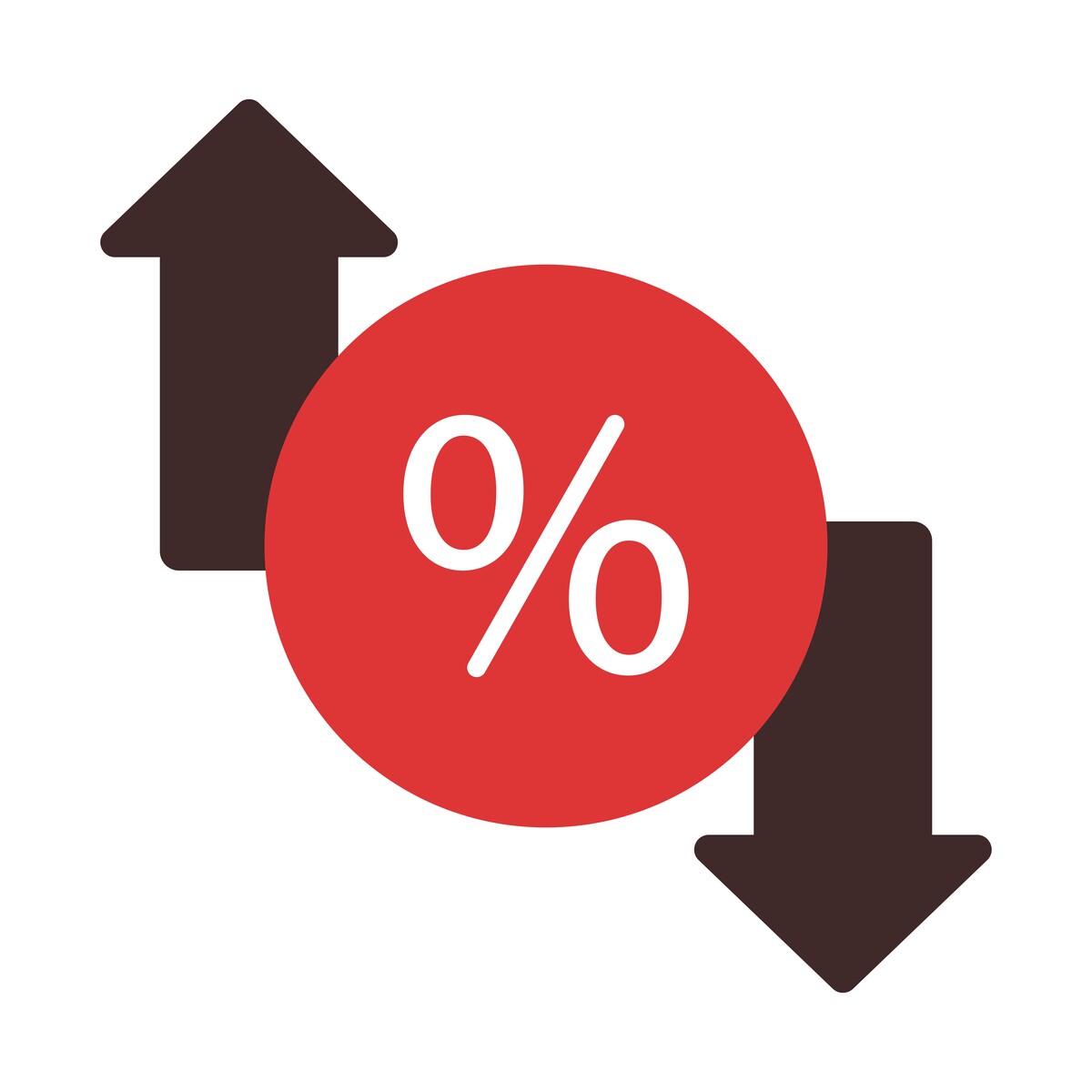What is the acceptable plagiarism percentage for publishing articles?


When you want to publish an academic article, it is very important to understand plagiarism. Plagiarism means taking someone else’s work, ideas, or words and saying they are your own. This can lead to serious problems, like having your article rejected, harming your academic reputation, or even facing legal issues. A common question among researchers is, "What is the acceptable plagiarism percentage for publishing articles?"
Different journals and fields of study have various rules about what is an acceptable plagiarism percentage. Generally, many academic sources suggest that a plagiarism percentage of 15% to 20% is often considered acceptable. However, this percentage can include different types of similarities:

Direct Quotes: If you use a direct quote from another author, you must cite it properly. This means giving credit to the original author. While this quote may add to your overall similarity percentage, it is acceptable if you cite it correctly.

Common Knowledge: Information that is widely known and easily checked is usually not considered plagiarism. For example, saying "water freezes at 0 degrees Celsius" is common knowledge and does not need citation.

Common Phrases: Some phrases or terms that are frequently used in a specific field may not count against your originality percentage. For example, technical terms that are standard in your area of study are often accepted.
Most academic journals have specific guidelines about plagiarism percentages in their submission rules. Some journals may set the limit as low as 5% to 10%, while others might allow a higher percentage. It is crucial to check the submission guidelines of the journal you plan to submit to before sending your manuscript.

Plagiarism detection tools, such as iThenticate and Grammarly, are commonly used to check the originality of research papers. These tools compare your paper against a large database of published works and online content. The percentage they provide shows how much of your text matches existing sources.
However, a high percentage does not automatically mean you have committed plagiarism. It is important to consider the context of the matched content.

To make sure your manuscript meets acceptable plagiarism standards, follow these best practices:
Cite Your Sources Properly: Always give proper citations for any ideas, data, or text that is not your own. Learn the citation style required by the journal you are submitting to.
Paraphrase Effectively: When you summarize someone else's work, write it in your own words. Just changing a few words is not enough to avoid plagiarism.
Use Quotation Marks: If you include a direct quote, use quotation marks and cite the source. This shows that you are using someone else's words and not claiming them as your own.
Check Your Work: Before submitting, run your manuscript through a plagiarism detection tool to spot any potential issues. Make changes as needed to lower the similarity percentage.
Understand Common Knowledge: Learn what is considered common knowledge in your field. This type of information usually does not require a citation.
While there is no single accepted plagiarism percentage for publishing articles, aiming for a low percentage—typically below 15%—is a good guideline. Understanding the specific requirements of your target journal and using plagiarism detection tools can help ensure your work is original. By following these best practices, you can contribute valuable research to your field while maintaining a strong academic reputation.

If you’re looking to reduce the plagiarism percentage in your work, contact SITA Academy today! Our expert team can help paraphrase your content and ensure your writing is original and ready for publication. Don’t let plagiarism hold you back—reach out to us for support!
If you have any questions, inquiries, or would like to learn more about our services, please don't hesitate to reach out to us. Our dedicated team is ready to assist you.